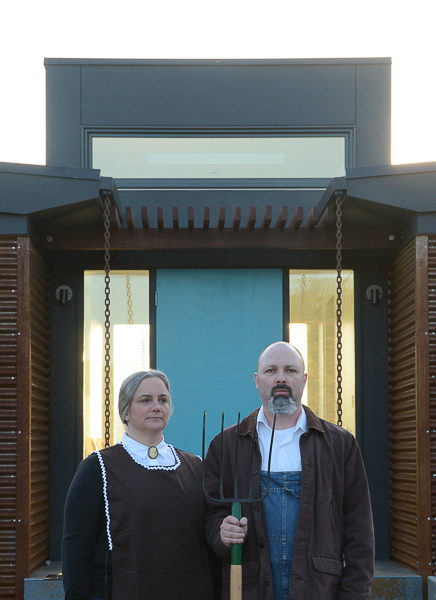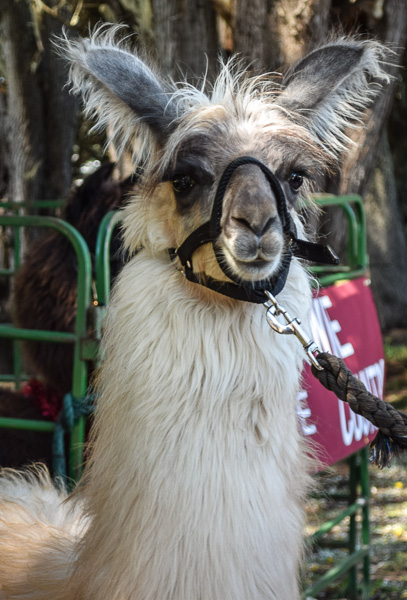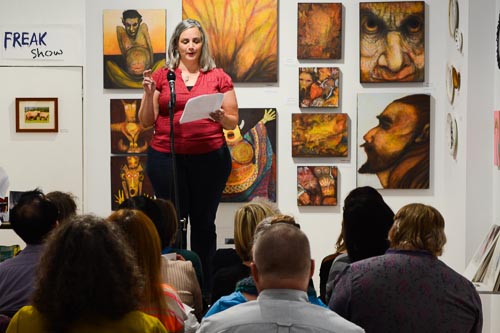I had a college classmate who said that papers were like babies: you put all this work into them, then must let them out in the world to stand on their own. Or in the case of papers, hand them over to a critical professor. Sometimes you hear, “Great job,” but other times, “Your baby has developmental issues.” It’s even more painful when you’re an adult – when instead of cramming for a day or two, you’ve spent months or longer writing a novel and you hand it over to someone who then asks, “Is your protagonist supposed to be autistic?” Now, if I’d written a novel with an autistic character, I’d have celebrated. But I hadn’t. Another person used the word “psycho.” Again, not the vision I had for my character.
Criticism is tough. I knew my book was not perfect, that it needed work. But a lot of creativity and time went into my character, so learning that people found her mean and unlikeable felt a bit like getting sucker punched. I pushed it away from me, not having the energy or the wherewithal to spend even more time on a project that was clearly doomed.
Then other day, I had something of an epiphany, by way of my knitting. I’d screwed up a row on my current project, but not noticed it immediately. At first, I’d thought it was a tiny error that would be unnoticeable after the whole thing was done. (For the knitters: I thought it was an issue of gauge that would block out.) I kept blithely along, but the more I knit, the more I noticed my mistake, and the more it bugged me. What had happened? I analyzed my knitting and finally realized I’d screwed up – a rookie mistake, at that. (For the knitters: I’d been alternating skeins and had inadvertently knit right to left twice in a row, thus adding a row of stockinette to all my garter ridges.) This mistake would always stick out – even if it was perfectly symmetrical with the shawl – at least to me, it would. I could not let it go. See what I mean?

Oops, there it is!
I ripped back. It wasn’t about wanting perfection, but about respecting the process enough to not rush through it toward a shoddy finish. I undid several hours worth of work in a few minutes, and as I painstakingly picked up all those stitches, I realized – in a moment of insight – that THIS was no different than my writing. How can I willingly rip back and edit my knitting and yet find it painful in my writing? Knitting is a relatively simple craft, but I still make mistakes. Writing, on the other hand, is a complex craft that takes ages to refine and hone. Of course I will make mistakes! In fact, if I didn’t, I’d still be writing like a first-grader. Certainly I need to go back, erase, cut, eviscerate, change, strengthen, and polish.
My first piece of knitting was a plain square. I moved on to hats and then eventually to lacy, complicated shawls. No matter the end goal, I knit one stitch at a time. Likewise, one word at a time leads to sentences and paragraphs. Ultimately, one word at a time leads to a novel. Sometimes, you have to go backward. It’s all part of the process. My book is not doomed; it’s just not done.



